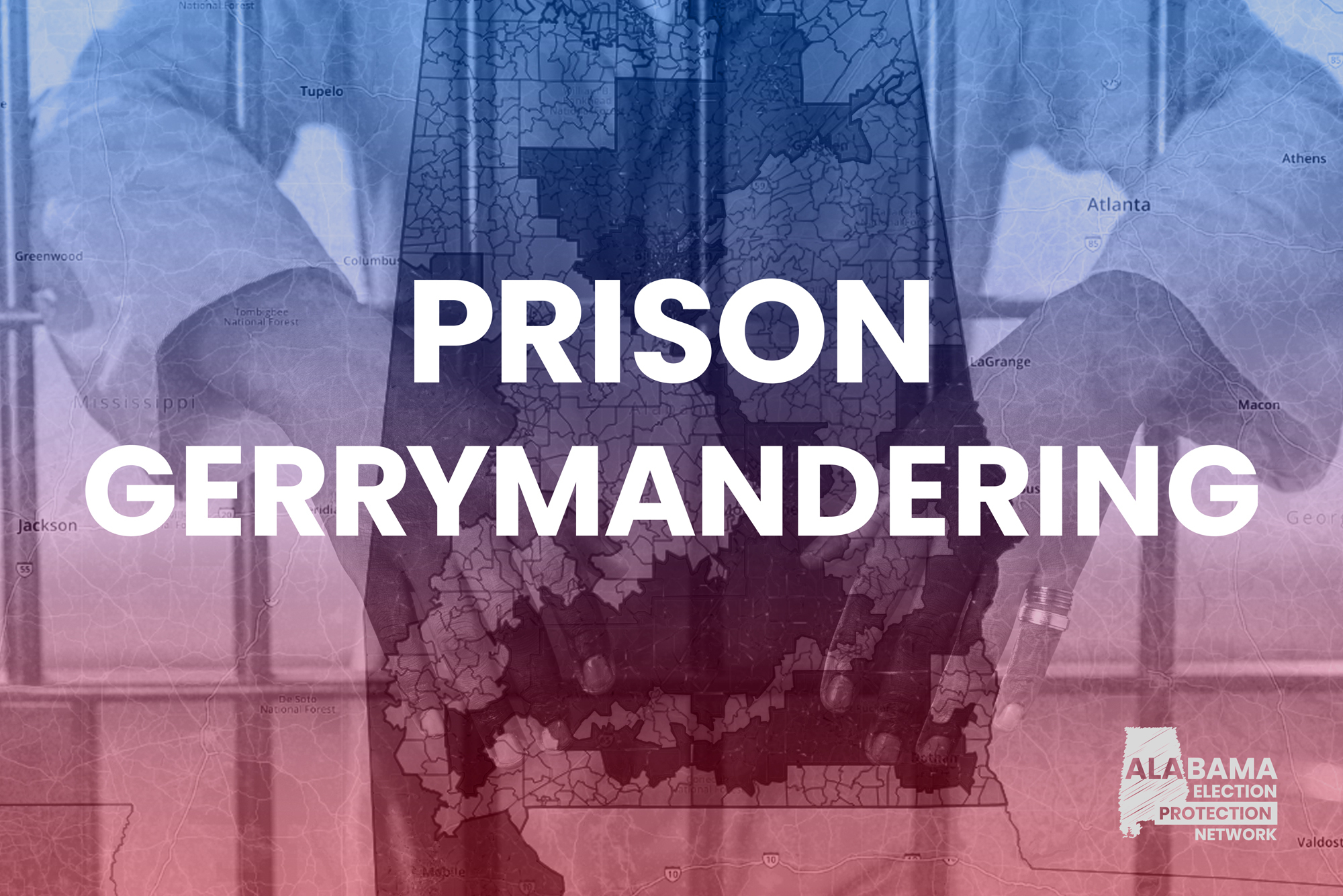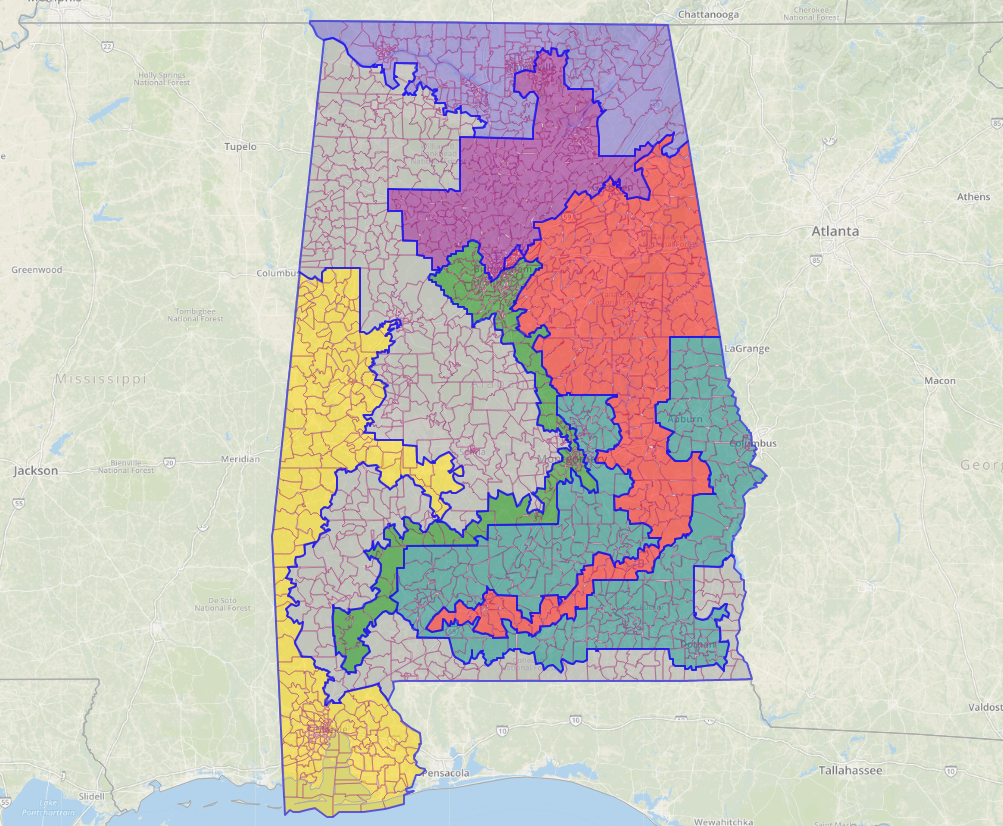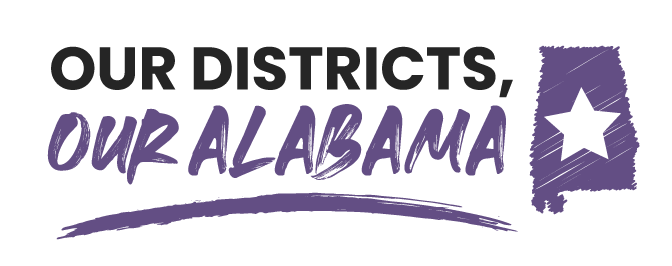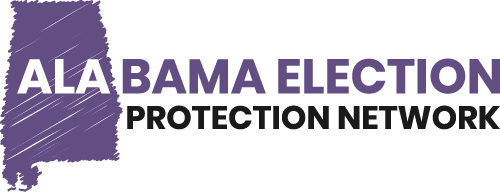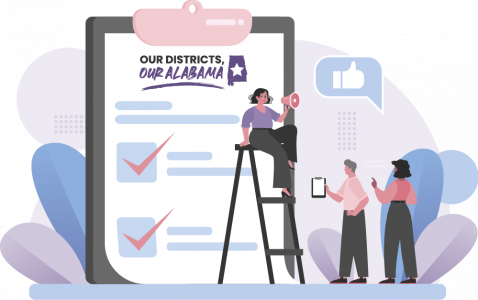What is prison gerrymandering?
Every time a U.S. census is conducted its goal is to count the number of people living in a specified area (called a district). When a district contains a prison or jail those who are incarcerated can be counted as residents of the district versus residents where they technically reside. The problem with this practice is that the census shows an increase in the number of residents for the district, removing the opportunity for fair representation and sending additional funding to areas with prisons instead of areas that really need assistance. When district lines are drawn to represent communities accurately, they have a greater ability to elect candidates of their choice and hold the elected officials accountable.
Who does it affect?
Prison gerrymandering affects communities mainly in urban areas. When prisons are disproportionately built in nearby rural areas, and most incarcerated people call an urban area home, census data becomes skewed, allowing areas with prisons to receive enhanced representation. Counting prisoners in the incorrect place results in a systematic transfer of population and political influence from urban to rural areas. According to prisionpolicy.org, in 2018, nearly 46,000 Alabamians were incarcerated in a handful of locations. With so many people grouped into these areas, it’s not difficult to see how prison gerrymandering can cause significant problems.
How can change be made?
With the help of grassroots partners (such as T.O.P.S.), the Alabama Election Protection Network is organizing a redistricting project to prioritize public education, outreach, and organizing across Alabama. By improving the fairness of the redistricting process, AEPN will help build a more balanced and reflective representative body to ensure Alabamians voices are heard and contribute to determining our policies and priorities.
Learn more about prison gerrymandering and how you can help Alabama Election Protection Network put an end to these practices here.
